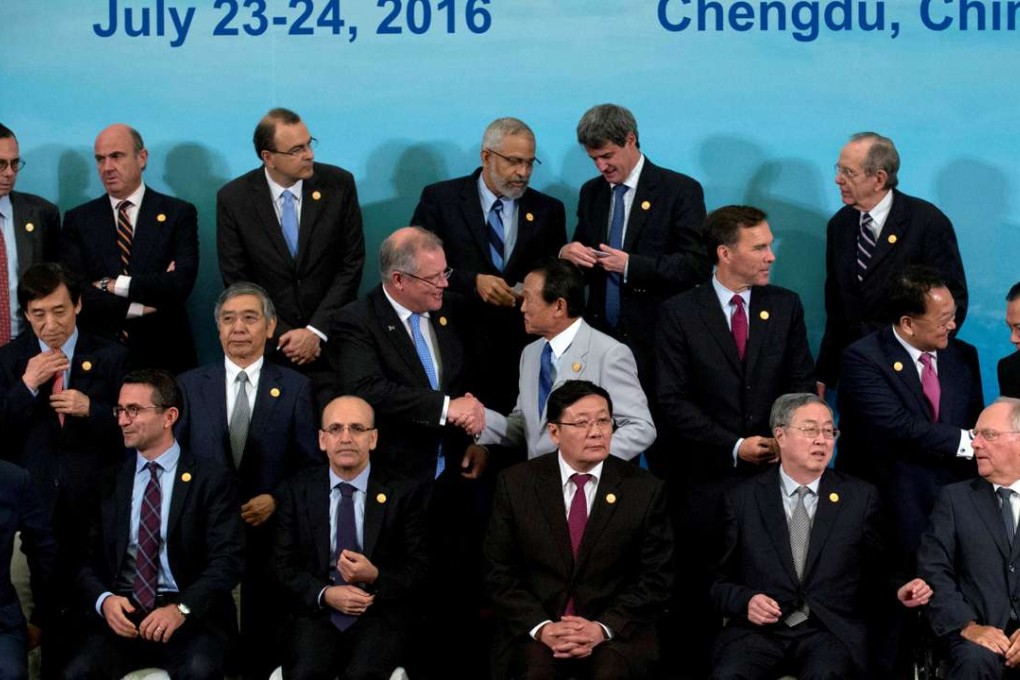Macroscope | G20 needs deeds, not mere words, to link trade and investment
Can governments transform what they say into what they do?

The trade ministers of G20 countries met in Shanghai last month to pursue longstanding discussions on what they should say to each other and the rest of the world about policy towards international trade and investment.
The immediate objective was to forge a communique that heads of state and government would use as input for the summit declaration marking the end of China’s G20 presidency. That meeting will be in Hangzhou in less than three weeks from now.
A notable feature of the G20’s positioning in its 10th July Trade Ministerial Meeting Statement and its Annexes is the emphasis on coherence between trade policy and investment policy. This positioning predates China’s G20 tenure, but has received more emphasis this year.
The question is what it really means.
One reason given for needing to emphasise a “coherent, complementary and mutually reinforcing” trade and investment relationship is that trade and investment are flagging globally.
According to the World Trade Organisation, trade has grown on average by less than 3 per cent since 2009, compared to an average of 7 per cent from 1990 to 2008. The United Nations Conference on Trade and Development reports that foreign direct investment fell by 16 per cent in 2014, and has been sluggish or negative since 2012.
